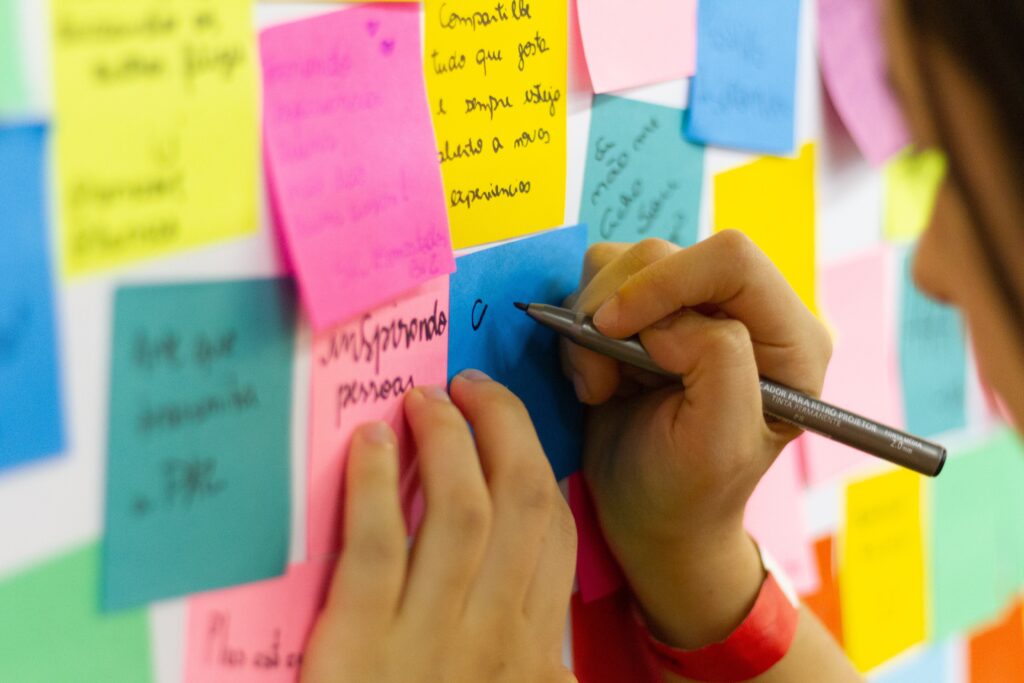What are participatory activities for?
What are participatory activities for?The idea of participatory activities is to bring about change from below, i.e. starting from the ideas and possible solutions found by those who are part of a given context.
In this way, an intervention is not proposed from above, but participants are called upon to jointly come up with solutions to a given problem, and then possibly activate collaborations to implement the initiatives and activities devised.
Open Space Technology (OST)
OST is a tool for working with even very large groups (more than 100 people) and aims to address change processes that involve complex reasoning while also focusing on the participants’ sense of responsibility.
It has 4 principles:
- Whoever comes is the right person
- Whatever happens is the only thing that could happen
- Whenever you start, it is the right time
- When it’s over, it’s over
And a law (rule of two feet):
At any time a participant may decide to move on, leave one group and join another deemed more suitable or interesting.
How should it be prepared?
The space must be large enough to accommodate all participants and the use of chairs that are easy to move is recommended, as the activity will be quite dynamic. The groups will be arranged in a circle around an empty space in the centre of the room.
There should also be walls where posters, cards and post-it notes can be attached.

How does it work?
While participants are arranged in a circle, the facilitator sets out the issue to be addressed and the context. At this point, participants are asked to create an agenda in which tables and times are inserted where they will talk about certain topics useful for resolving the issue presented. Each table can talk about ideas, proposals, concerns or practical/technical topics and each participant can decide which table and discussion to join, but do not forget the two-foot rule: each participant can decide to move!
A report will be written during each discussion and made available for any decisions or implementations.
Each meeting will last a minimum of one hour, but may last up to two days, so the choice of duration depends on the context and the issues to be addressed.
You may decide to write a final report that includes all the reports from each table and make it available online afterwards.